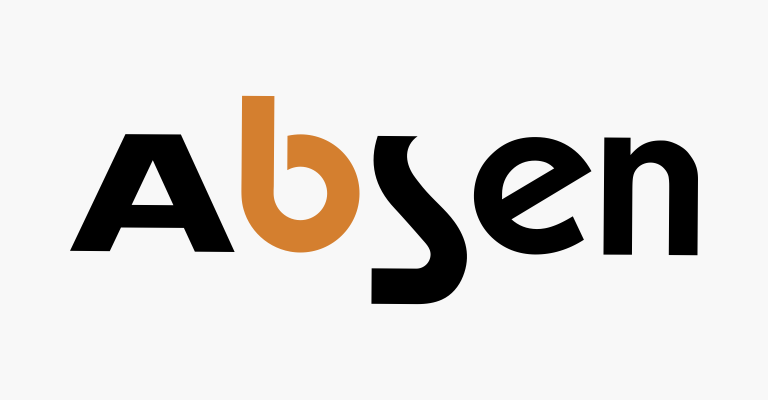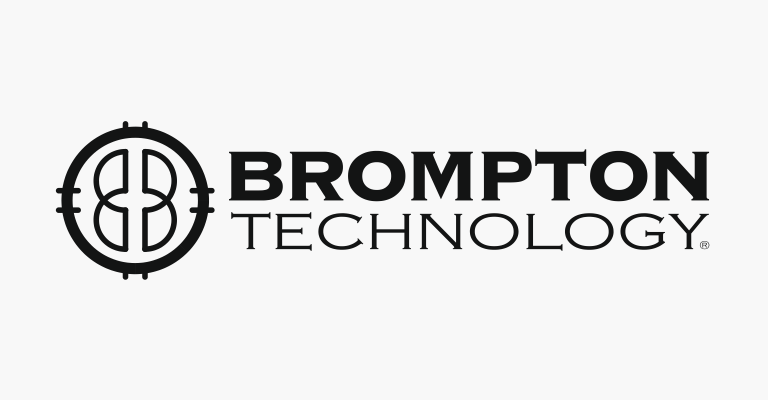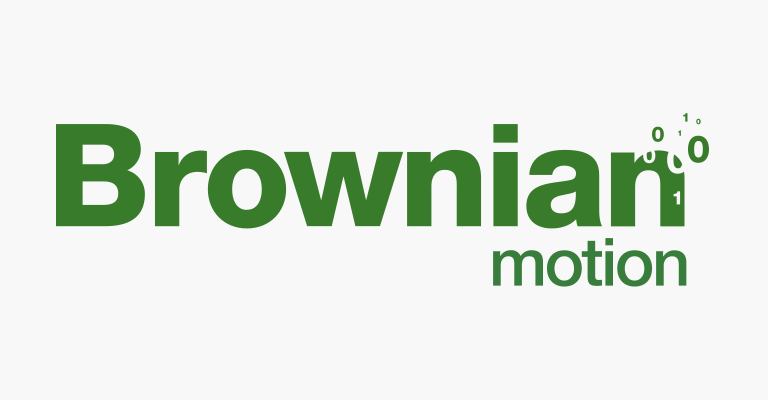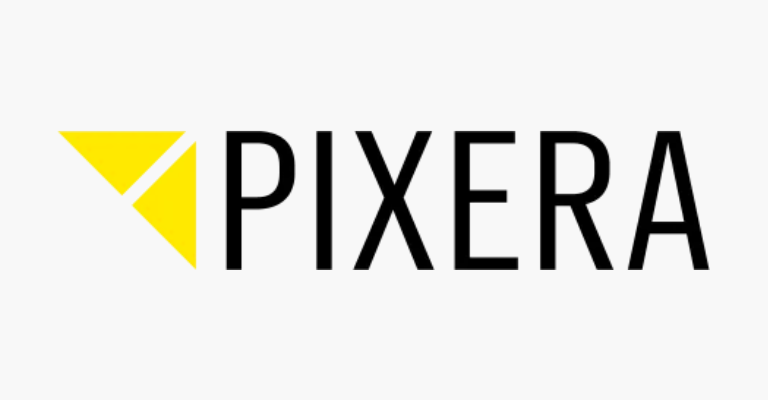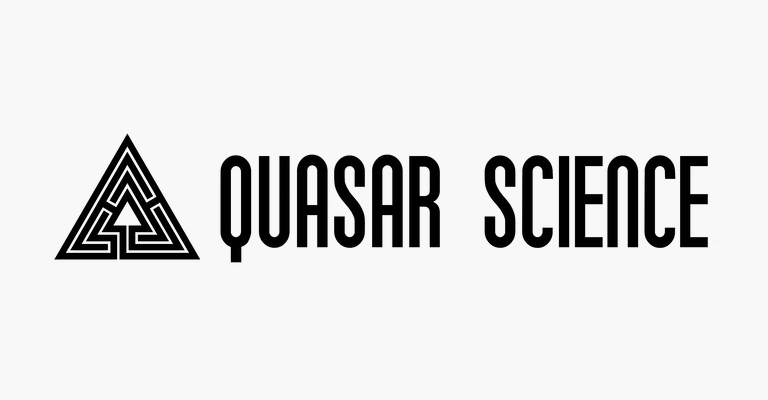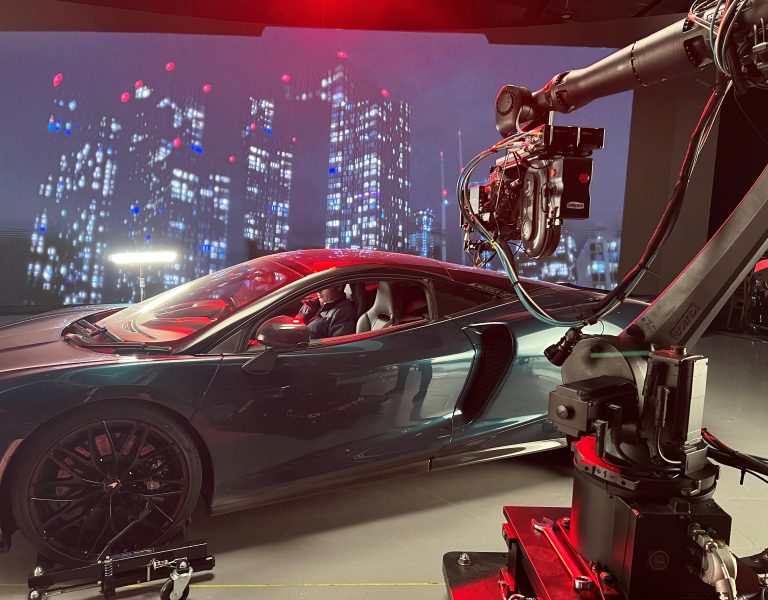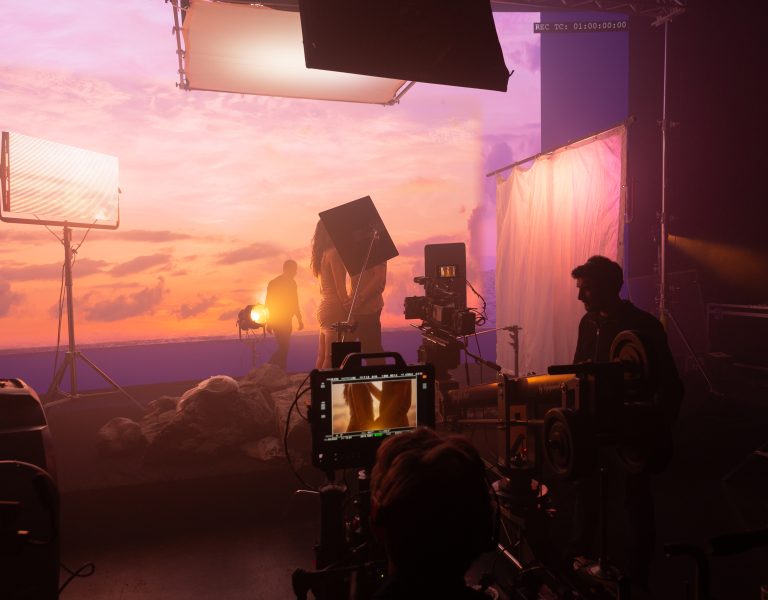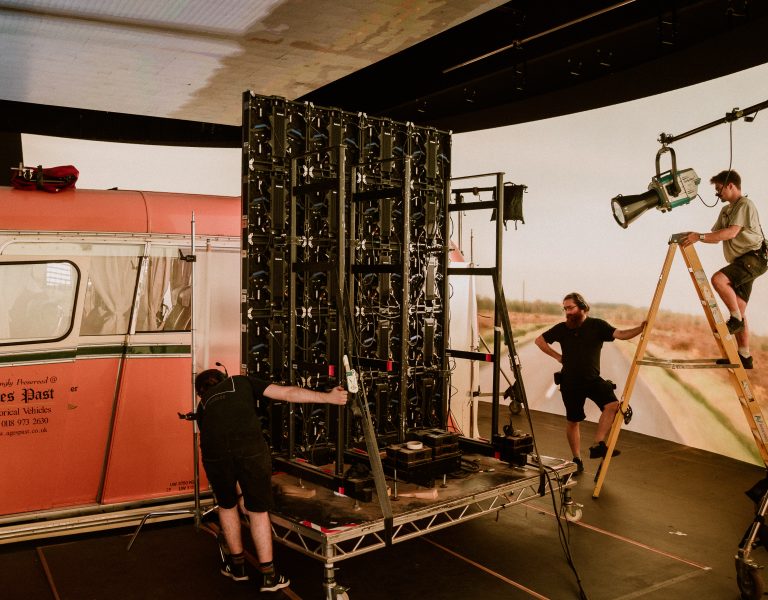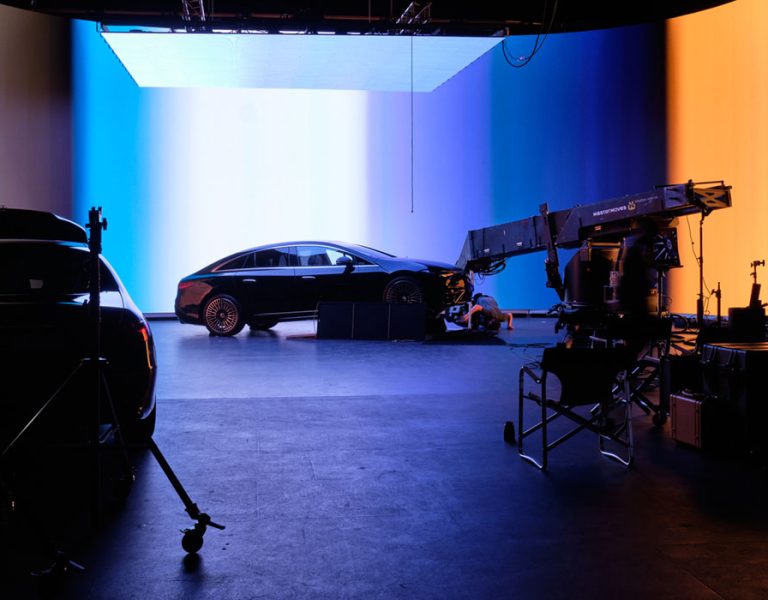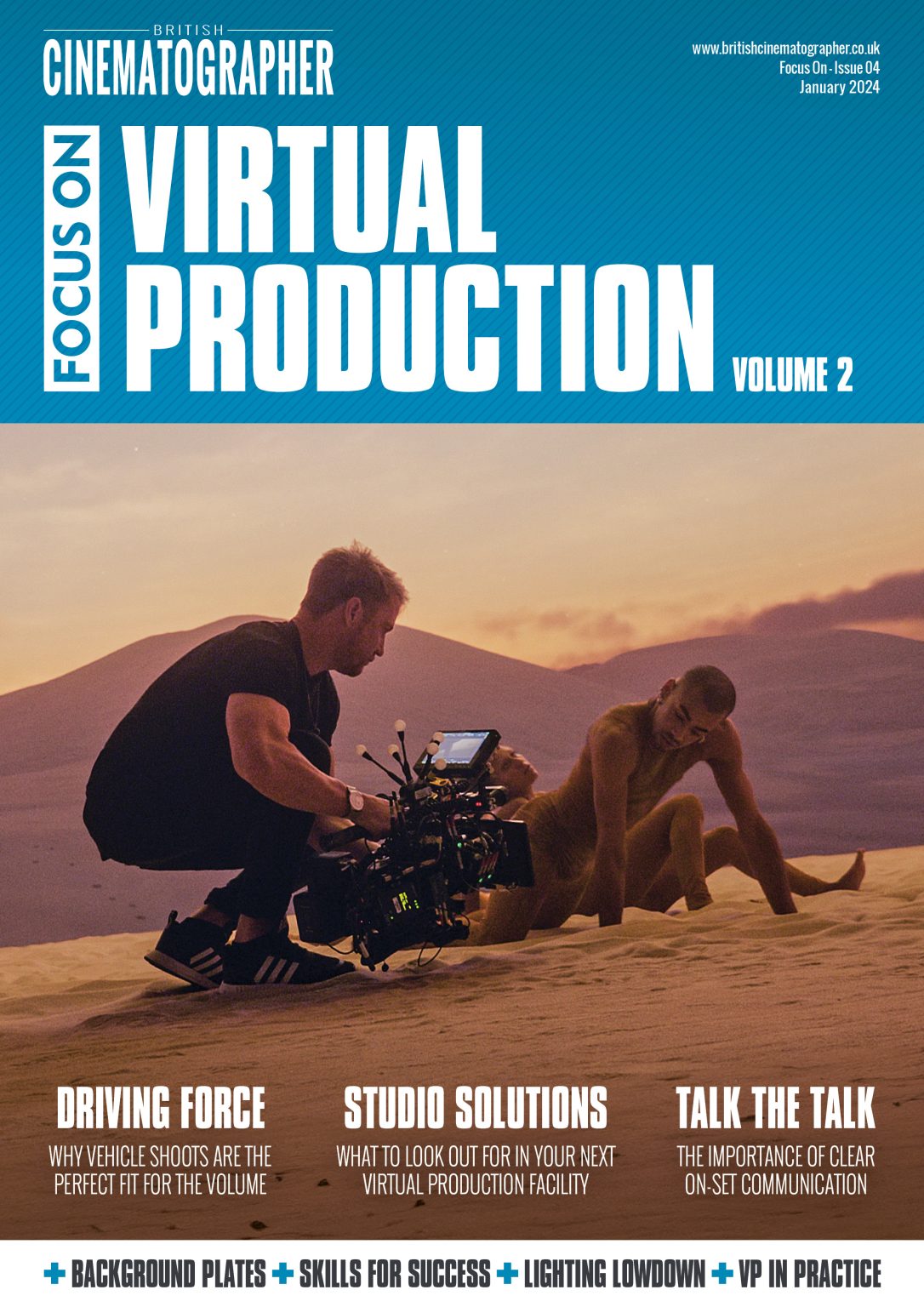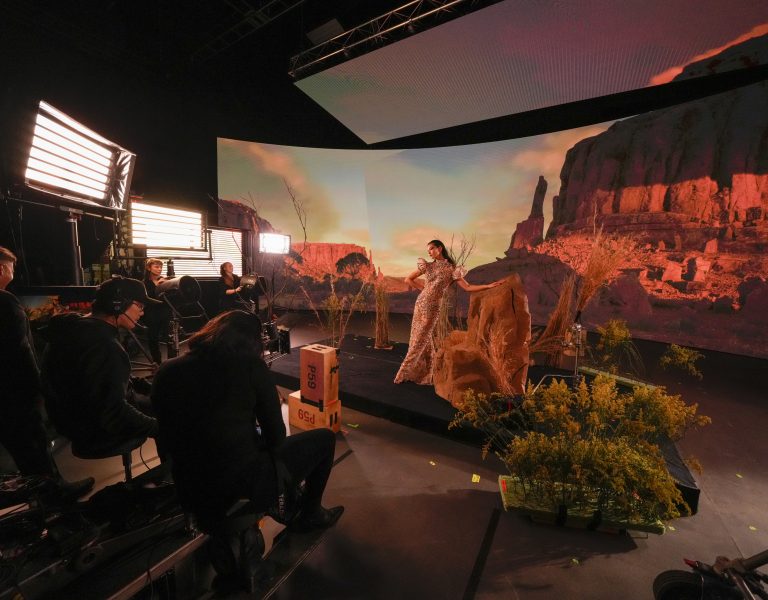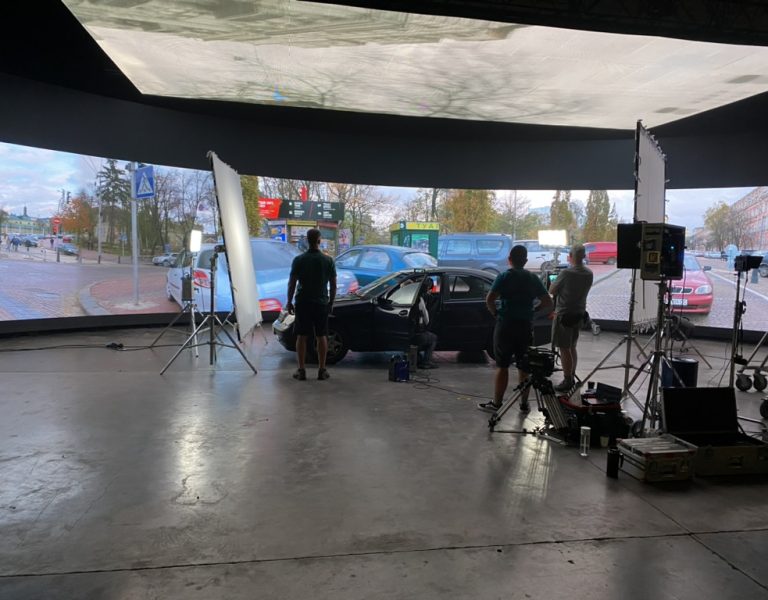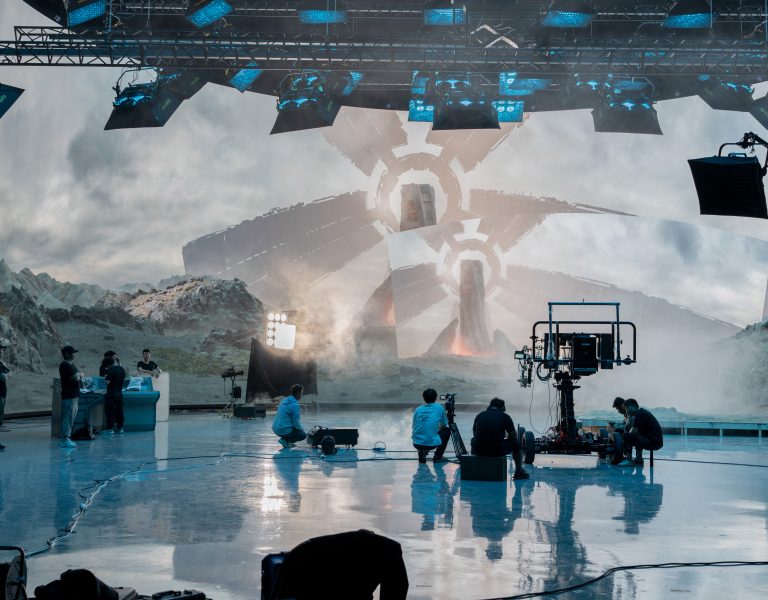Filmmakers are in for a treat at CVP’s new flagship virtual production showroom, where state-of-the-art technology meets creative vision.
CVP has launched a new showroom and events space on Great Titchfield Street, housing the latest in virtual production solutions.
As you would expect from CVP, this remarkable space is designed to immerse customers comfortably in a world where the latest technology and creative vision combine.
Callum Buckley, technical consultant, CVP, explains: “Inside, you will find an extensive collection of the latest production solutions, including a state-of-the-art lighting and virtual production set, multiple cine and broadcast cameras rigged to provide a hands-on showcase of their functionality and versatility.”
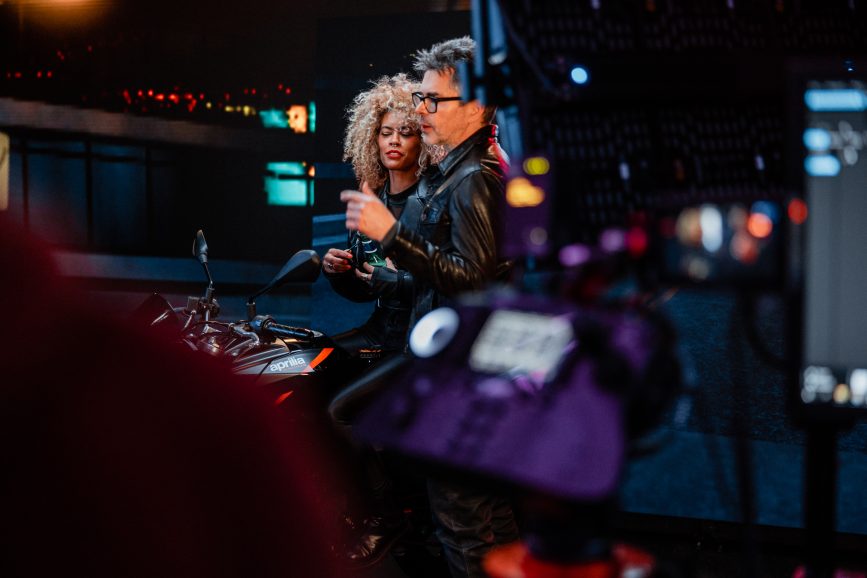
The centrepiece at CVP Fitzrovia is a 4.5 metre x 2.5 metre volume stage which is offered as a resource for anyone interested in exploring virtual production.
The LED panels provided by Absen and driven by a Brompton processor are 2.5mm pixel pitch, allowing customers to run tests around different lens and camera combinations against the wall. They are free to use their own video or graphics assets too.
“Anyone from an experienced hand wanting to test a new camera to first time users eager to learn what interactive lighting looks like on a wall are welcome,” Buckley says. “Virtual production is still a new and rapidly growing technology so people naturally have a lot of questions about how it all works and how to set up and run a LED wall. Our new showroom will enable us to help demystify and explain the technology and point out the benefits it offers for those thinking of upgrading from chroma keying against a greenscreen.”
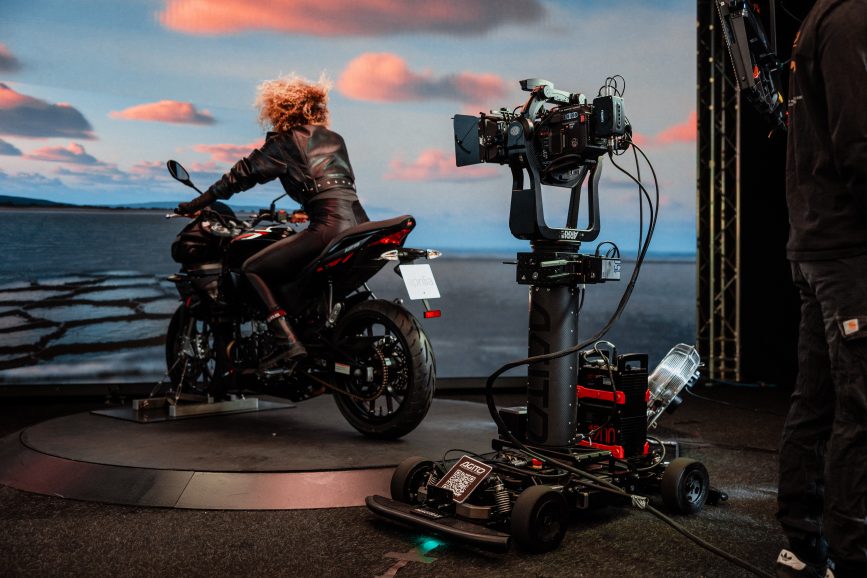
Kitted out for success
The stage features innovative lighting fixtures from Kinoflo. The Mimiks comprise not just the RGB of traditional LED panels but the addition of warm and cool white pixels which allow cinematographers the opportunity to light with far greater flexibility and fidelity.
“The Mimiks are a 10mm pitch typically used as a reflective surface with the key difference being that you can playback video content through them for real time reflections. These are positioned above the stage and are powered by the Megapixel Helios processor.”
Workflow itself is organised on industry workhorse servers from disguise. This is a timeline-based system for playing back content from Unreal, Notch or Unity, or driving plates, or simply 2.5D content on the wall. CVP offers the disguise Vx series outputting pixels to the wall (via the Brompton processor) and the Rx series which performs the real time rendering tasks. For instance, if you have an Unreal scene the Rx will render those pixels to the wall.
The last major piece of the puzzle is camera tracking. “This is how we virtualise the camera movement to all the LED screens to render the correct point of view,” Buckley says. “At the moment, we have an Ncam system which doesn’t require physical tracking markers and it also has its own lens encoding within that package. That means we can record what the lens is doing and also calibrate the lens so we can map the distortions correctly for any specific lens or shot.”
All of the technology will rotate and change in the VP space at CVP as new technology is released. “We think that being able to cycle through providers by being agnostic to technology is a big benefit because it means we can always be on top of any emergent innovation. It means we can provide an environment where users can test the widest combination of kit to tailor their project.”
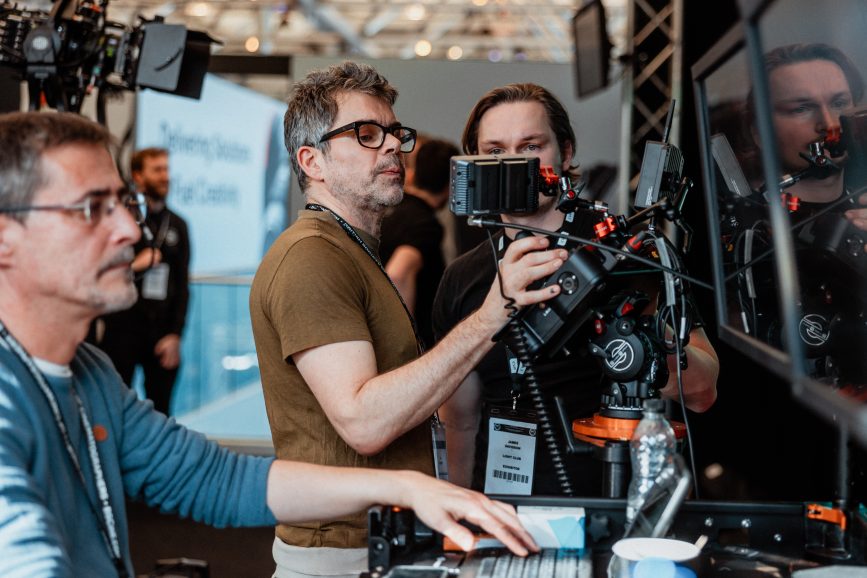
Future thinking
CVP has already fielded a number of enquiries from higher education establishments looking to acquire a VP space or to upgrade their existing one.
The University of York, for instance, has engaged CVP to specify and install a 3×1.7m wall for XR Stories, a £15m project supporting research and development for companies working in cutting-edge digital technologies in the Yorkshire and Humber region and co-funded by the BFI and Screen Yorkshire among others.
CVP may be best known for selling production equipment but since the nature of virtual production is one of interlocking technologies, the new virtual production integration division represents a logical next step. “The project management and systems installation of VP is a new part of our business which we offer in-house with our experts.” Buckley explains.
Buckley himself is from a camera tracking and broadcast graphics background and was hired by CVP to build its new VP business last year. He works closely with technical consultant Sam Measure who has an in-depth overview of colour pipes and technologies from cameras to matrixes and SDI routing to networking.
“Our install team is full of people with experience from across the industry from camera to lighting to 3D asset creation,” Buckley informs. “That means we can help people who come into our space with questions. VP has many moving parts and not everyone will interoperate successfully with another. We can provide guidance to help avoid those pitfalls as to whether product ‘A’ does or does not work well with product ‘B’ and we can advise on whether your budget is being spent cost effectively in order to get the best end result.”
He adds, “Systems are more interoperable with each other than they were a couple of years ago but issues do remain. Luckily, core components like the disguise servers are fairly standard pieces of kit that can be relied on to work in most scenarios.”
CVP Fitzrovia provides the perfect opportunity to network and connect with industry professionals, fellow enthusiasts and experts to provide valuable insights and guidance.
“We look forward to welcoming you,” says Buckley.
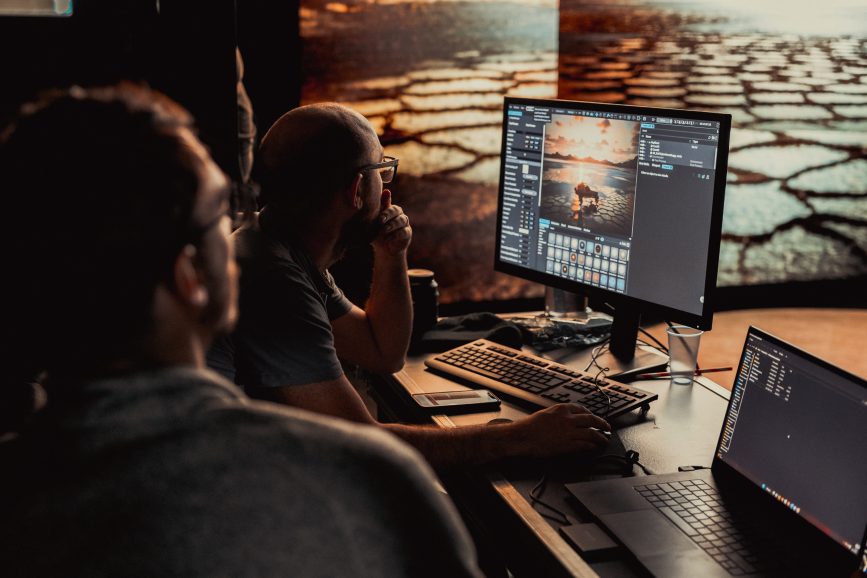
Kino Flo MIMIK 120
The MIMIK 120 is a first of its kind video lighting tile that delivers extended spectral bandwidth and cinematic colour fidelity when lighting talent and set elements in virtual production environments.
The system incorporates Kino Flo’s Matchmakker technology that addresses the inherent challenges associated with lighting in LED volumes, namely translating an incoming RGB video signal into five individual emitters (warm white, cool white, red, green and blue) to generate synchronised, full spectrum foreground lighting for greater realism on set.
LED screens traditionally output between 800 – 1,200 NITS. By comparison, MIMIK outputs 10,000 NITS meaning that they can be placed further away from the subject to successfully light foregrounds relative to backgrounds in a volume.
“Traditional LED panels won’t light skin tones well, their Colour Rendering Index is basically zero in the pinks whereas with Kino Flo you can light costume and skin tone correctly because they afford a much more balanced colour profile,” says Buckley. “The difference is staggering when you see it in the flesh at Great Titchfield Street.”
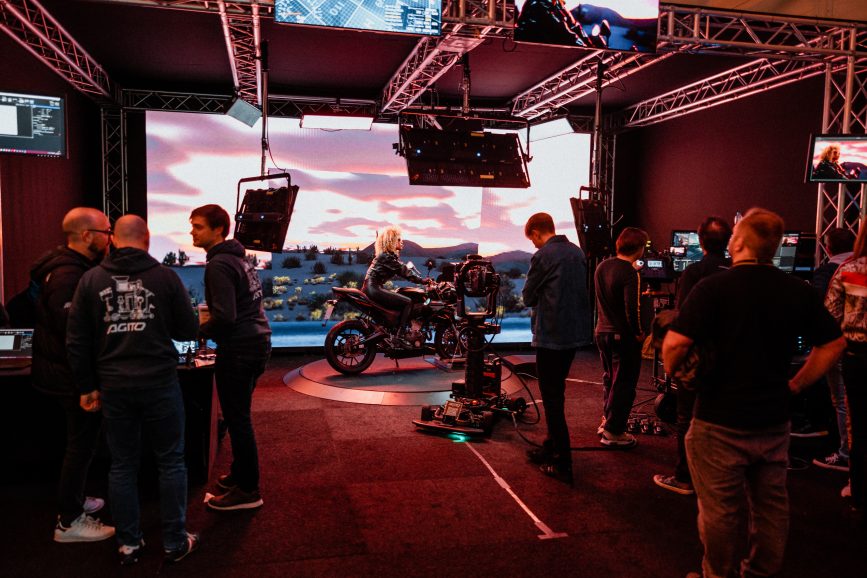
CVP Virtual Production Showroom highlights include:
- The new Angénieux EZ3
- The new Cooke Optics SP3
- LED volume stage powered by disguise, Kino Flo, Ncam and Absen
- Lenses including Fujinon 25-1000, DZO Pavo Anamorphic and Ranger zooms, Leitz Hugo, Atlas Mercury, Laowa Nanomorph
- Lighting solutions including Fiilex, LitePanels, ARRI, Aputure, Prolycht
Monitor wall featuring 30 side-by-side screens from brands including Atomos, Blackmagic, Ovide, Eizo, Sony and more.
Take the opportunity to explore fully rigged camera solutions such as:
- ARRI Alexa 35
- Sony Venice 2 8K
- Sony FX9
- RED V-Raptor S35 and V-Raptor 8K VV XL
- RED Komodo and Komodo X
- Blackmagic Pocket Cinema Camera 6K Pro and URSA Broadcast G2
- Motion solutions including DJI RS3 Pro and Steadicam M2
- PTZ cameras – Sony FR7, Panasonic UE160 and Canon CR-N500
–
This article is sponsored by CVP.
